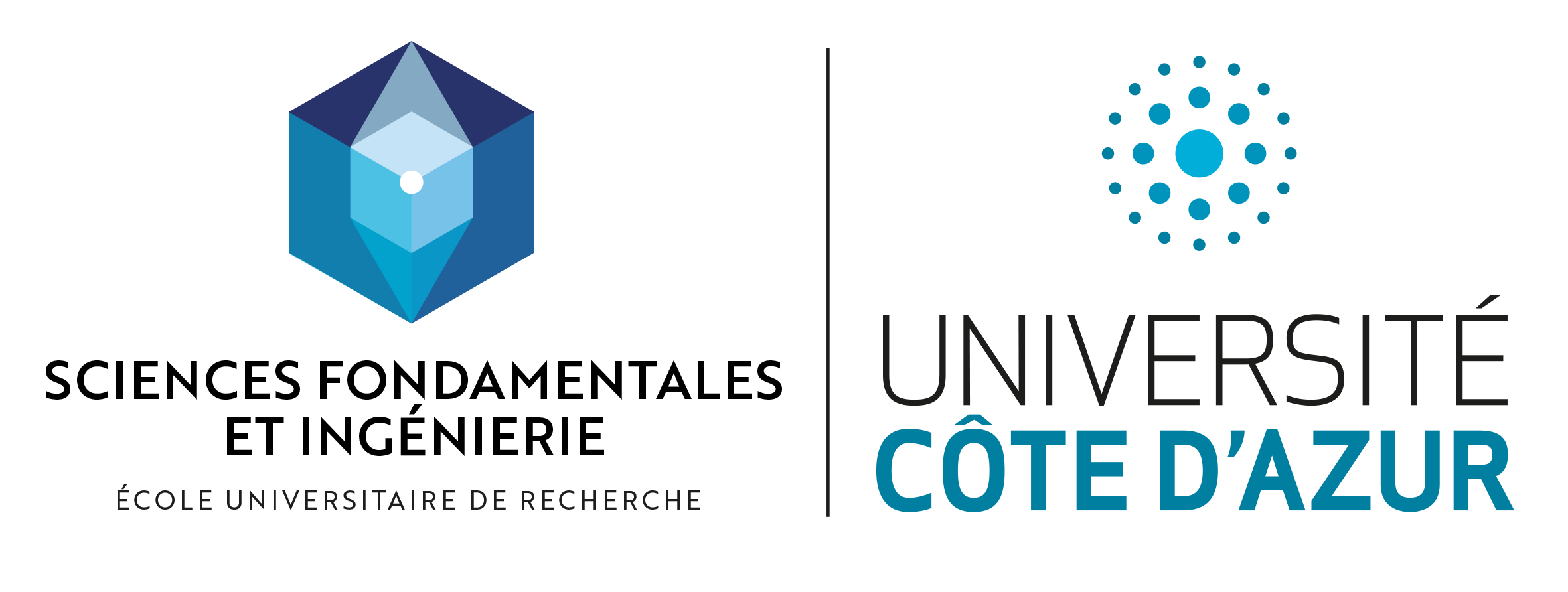FORMAT
Hybrid
LOCATION
PREREQUISITES
- Scientific bachelor, with some basic linear algebra
- English level : B1 (test your English)
CAPACITY
20 students
About this minor
The pedagogical level will take into account the background of all the students; this can induce small changes in the way concepts are presented.
- Summary
-
LEARNING OUTCOMES
You will be able to understand how some main quantum technologies are implemented. Based on your personal background, understand what classical technologies are needed to implement them and how, viceversa, your discipline stimulates or enables the development of quantum technologies.
New quantum technologies are at the hearth of ambitious research program, with important funding from governments and private actors. In view of future commercial realizations, a very practical question arises: how do we implement operational quantum devices? After a brief overview of quantum technologies and their applications, this course aims at answering this question. It will present the technical difficulties related to the realization of some key quantum systems as well as current proposed solutions, either already existing or under development.
The implementation of quantum devices requires a broad spectrum of skills at the interface between physics and engineering (electronics, materials science, superconductors, signal processing...). The course will emphasize in particular the cross-disciplinary skills that are in great demand in the quantum industry, but which can also be applied to a wide variety of non-quantum problems and thus have a very wide range of applications.
During this course, in parallel to the lectures, concrete cases will be studied by the students (articles, online demonstrators, etc.) and a visit to a laboratory may be scheduled.
No previous knowledge of quantum physics will be requested. The fundamentals of quantum technologies will be presented in an accessible way to science students through a mix of lectures and tutorials.
The course will focus in particular on their practical interest in very different disciplines (chemistry, computer science, biology, electronics, physics ...).
It should be noted that a second course entitled “Quantum Technologies” is also available during the next semester and focusing on the fundamental concepts of quantum physics and quantum technologies.Contents:
Chapter 1: Enabling technologies
- Single photon sources and detectors
- Superconducting Qbit
- Integrated circuits
Chapter 2: Nanotechnologies for quantum devices
- Cleanroom
- Semiconductor processing
Chapter 3: State of the art of quantum circuits
- Advanced Photonic circuits
- Circuits based on supercondcuting Qbits
Chapter 4: Two-Photon Interference
- Classical Interferometry
- Correlation Functions
- The Hong–Ou–Mandel Dip
- The Franson Interferometer
- Double-Crystal Experiments and Induced Coherence
Chapter 5: Quantum Metrology
- Quantum Optical Coherence Tomography
- Mimicking Quantum OCT with Classical Light
- Quantum Lithography and NOON States
- Phase Measurements and Fundamental Measurement Limits
- Additional Applications in Metrology
Chapter 6: Basic physics of cold atoms
- Cold atoms: what and what for?
- Basics of light-atom interaction
- Radiation pressure, Zeeman slower
- Doppler cooling, magneto-optical trap
- Subdoppler cooling, density limitation, imaging
- Cold-atom experiments in practice
- Conservative traps and cooling to quantum degeneracy
- Ion traps
- Conservative traps for neutral atoms
- Evaporative cooling
- Bose-Einstein condensation
- Modern topics with quantum gases
Chapter 7: Application of cold atoms and ions
- Quantum metrology: atomic clocks, inertial sensors, other sensors
- Quantum communication: quantum memories
- Quantum simulation: with Rydberg atoms, with ions
- Quantum computation: with Rydberg atoms, with ions
- Tour of the cold-atom labs at INPHYNI
Chapter 8: Evaluation - Students’ presentation on a given case study
- Lecturers
-
- William Guerin (Université Côte d'Azur, INPHYNI)
- Laurent Labonté (Université Côte d'Azur, INPHYNI)
- Fabrice Raineri (Université Côte d'Azur, INPHYNI)
- Resources
- Videos:
- Evaluation
-
- Presence and oral participation along the course - 20 % of the final grade
- Written exam: 17/04/2025, 9h00 (room on Campus Valrose to be defined) - 80 % of the final grade
SCHEDULE Spring 2025
Mind the evaluation modalities and deadlines in the "Evaluation" tab above.
|
Date |
Time slot |
Course title |
Lecturer |
Room |
| 27/02/2025 | 9h00-12h00 | 1 - Enabling technologies | Fabrice Raineri | Campus Valrose, building M, room M 3.2 |
| 6/03/2025 | 9h00-12h00 | 2 - Nanotechnologies for quantum devices | Fabrice Raineri | Campus Valrose, building M, room M 3.2 |
| 13/03/2025 | 9h00-12h00 | 3 - State of the art of quantum circuits | Fabrice Raineri | Campus Valrose, building M, room M 3.2 |
| 20/03/2025 | 9h00-12h00 | 4 - Two-Photon Interference | Laurent Labonté | Campus Valrose, building M, room M 3.2 |
| 27/03/2025 | 9h00-12h00 | 5 - Quantum Metrology | Laurent Labonté | Campus Valrose, building M, room M 3.2 |
| 3/04/2025 | 9h00-12h00 | 6 - Basic physics of cold atoms | William Guerin | Campus Valrose, building M, room M 3.2 |
| 10/04/2025 | 9h00-12h00 | 7 - Application of cold atoms and ions | William Guerin | Campus Valrose, building M, room M 3.2 |
| 17/04/2025 | 9h00-12h00 | 8 - Evaluation: students’ presentation on a given case study | Fabrice Raineri and Laurent Labonté | Campus Valrose, building M, room M 3.2 |

